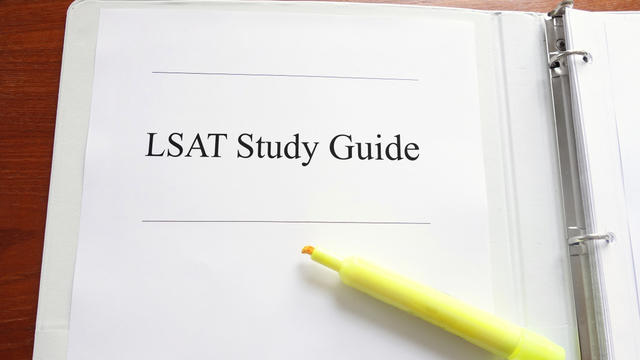For those of you LSAT prep students out there who are not Harry Potter savvy (shame on you), let me begin by explaining what the deathly hallows are and then connect it to your world of LSAT Prep. There is a connection here, I promise.
The Deathly Hallows are three highly powerful magical objects supposedly created by Death and given to each of the three brothers in the Peverell family. The Hallows consisted of the Elder Wand, the most powerful wand in the world, the Resurrection Stone, a stone which could summon the spirits of the dead, and the Cloak of Invisibility, a cloak that allows its user to become completely invisible. According to the legend, the person who possesses all Hallows artifacts becomes the Master of Death.
So, how does this relate back to you and your LSAT prep? Great question. I believe that conquering the Reading Comprehension section of the LSAT revolves around mastering three concepts: Main Point, Purpose and Tone. These are your LSAT Hallows! Once you possess the ability to pinpoint each one, you will easily be able to find the answer to all the questions presented to you. See how I tied it all in?
Main Point. This is the what of the passage. What is the author trying to tell you? What are all the points and paragraphs in the passage pointing you towards? Often the Main Point is reiterated in the first and last paragraph of the passage, but this is not a blanket rule. A great tool to find the Main Point and to focus during your reading is to write out a quick summary of each paragraph in the margin of the page. Now, by summary I do not mean a full sentence with more words than the paragraph has. I mean a quick few words explaining what the point of the paragraph was. So, if the point of the second paragraph was to show how Dr. Stacey hates the project because of prior discussions with Dr. Blue, I would write: “Dr. S hates project cuz Dr. B.” These quick jottings will help lead you to the Main Point of the passage. They will all support one common thread: the Main Point.
Purpose. This is the why of the passage. Why is the author taking the time to write out this article? Is it to right a misconception? Is it to tell a story? Is it to persuade you of her point? Is it to disprove a long-held theory? The purpose of the passage will not only help you understand the reason behind the passage, but it will also lead you to the next and last LSAT Hallow.
Tone. This is the how of the passage. The tone of the passage helps you answer many of the more inference-based questions presented to you, e.g. “Which one of the following would the author most agree with?” The tone of the passage is usually some kind of emotion or state of mind; you don’t have to be too elaborate when identifying it, e.g. angry, content, hesitant, informative, persuasive, appalled.
At the end of each passage, before you hit the question, take a moment and write out the Main Point, Purpose and Tone. Though you may think that this will waste time, it’s actually saving you time and points on the LSAT. Soon, identifying these three things will become innate. At that point, you won’t have to jot them down anymore. For now, during your prep, make sure to quickly write them down so you can get into the habit of identifying them.
I guarantee that each question stems back from one of these three elements in the passage. Once you have mastery over them, you will become Master of Reading Comprehension. See how we went full circle? Don’t let anyone tell you that Harry Potter is not applicable to your every day life! And, remember, a great way to improve your Reading Comprehension skills is to read on your off time. Why not grab a Harry Potter book and start now?!
Happy Studying!










